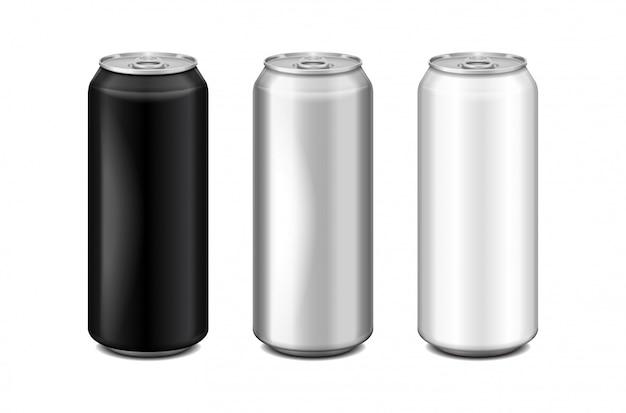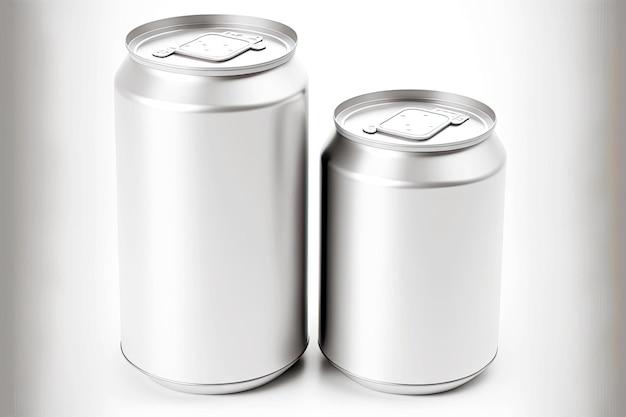When it comes to the materials we use in construction and manufacturing, the way they expand and contract is a crucial consideration. From the pipes in our homes to the structures that surround us, understanding how different materials respond to temperature changes is essential for long-lasting durability.
In this article, we delve into the fascinating world of thermal expansion and focus on two popular metals: steel and aluminum. We’ll tackle the common question of which material expands faster, exploring their unique characteristics and shedding light on why knowing this information matters.
So, if you’re curious about the expansion properties of steel and aluminum and want to learn more about the effects of temperature on these materials, you’re in the right place! Let’s dive in and discover the surprising truth about their thermal behavior.
Which Metal Expands Faster: Steel or Aluminum
If you’ve ever wondered which metal expands faster between steel and aluminum, we’ve got the answer for you. This is a popular question among many DIY enthusiasts, engineers, and curious minds. So, grab a cup of coffee and let’s dive into the fascinating world of metal expansion, where steel and aluminum battle it out in an expansion race!
The Battle Begins: Steel vs. Aluminum
Steel: The Sturdy Contender
Steel, known for its strength and durability, takes on the challenge of expansion. This alloy of iron and carbon has been the backbone of construction and engineering for centuries. When subjected to heat, steel undergoes thermal expansion, causing it to increase in size. But how does it stack up against its lightweight opponent?
Aluminum: The Lightweight Challenger
Aluminum, the reigning lightweight champion, steps into the ring with its impressive strength-to-weight ratio. This versatile metal is known for its use in aerospace, transportation, and many other industries. When exposed to heat, aluminum also experiences thermal expansion. But can it outpace the heavyweight steel?
The Showdown: Heat and Expansion
The Heat Is On!
When it comes to thermal expansion, heat plays a crucial role. As we crank up the temperature, both steel and aluminum start to feel the burn. But which metal expands more rapidly when subjected to heat?
Steel Steps Up its Game
As the temperature rises, steel’s atomic structure starts to jiggle and dance. The individual atoms become more energetic, causing them to move further apart. This increase in atomic activity leads to an expansion of the steel material. Steel is determined to demonstrate its thermal expansion prowess, but can aluminum keep up?
Aluminum Takes the Lead
While steel puts up a good fight, aluminum’s atomic structure dances even more vigorously as the temperature soars. The lightweight metal shows its true colors and expands at a faster rate compared to steel. It proves that size doesn’t always matter, and even the lightest contenders can pack a punch in the expansion arena.
The Verdict: Aluminum Expands Faster!
In the fierce battle between steel and aluminum, aluminum emerges victorious as the metal that expands faster. Its lightweight nature allows its atomic structure to respond more swiftly to temperature changes, resulting in a greater expansion rate compared to steel.
So, whether you’re dealing with extreme temperatures or simply curious about how these metals behave under heat, remember that aluminum takes the lead in the expansion race. Next time you’re contemplating the expansion properties of different materials, you’ll have the upper hand with this knowledge.
With steel and aluminum going toe to toe, we hope this showdown has shed light on the fascinating world of metal expansion. Now, go forth and impress your friends with your newfound wisdom. And remember, in the world of thermal expansion, aluminum is the speedy champ!
FAQ: Which material expands faster, steel or aluminum
In this FAQ section, we’ll explore some common questions related to the expansion properties of steel and aluminum. So, grab your thinking caps and let’s jump right in!
Why do copper pipes get pinholes
Copper pipes can develop pinholes due to a phenomenon called pitting corrosion. This occurs when minute areas of the pipe’s surface become chemically corroded, leading to the formation of small holes. The exact cause can vary, but factors like water chemistry, improper installation, or high-velocity water flow can contribute to the development of pinholes.
How much does aluminum expand per degree
Aluminum expands by approximately 0.000012 inches per inch, per degree Fahrenheit. So, if you have an aluminum object that measures 10 inches in length and the temperature increases by 100 degrees Fahrenheit, you can expect it to expand by about 0.0012 inches. That’s some subtle but impressive expansion!
Which expands faster, steel or aluminum
When it comes to expansion, aluminum takes the prize! Aluminum has a higher coefficient of thermal expansion compared to steel. This means that for every degree of temperature change, aluminum expands more than steel does. So, if you have the same-sized steel and aluminum objects exposed to the same temperature change, the aluminum one will expand more.
What percentage of copper is in a copper pipe
Copper pipes are typically made of 99.9% pure copper. That little bit of impurity ensures that the material maintains its strength and durability while also making it easier to work with during the manufacturing process. So, you could say that copper pipes are almost as pure as your intentions to fix that leaky faucet!
Do plumbers still use copper pipes
Absolutely! Copper pipes have stood the test of time and continue to be a preferred choice for many plumbers. Their excellent resistance to corrosion, durability, and the ease with which they can be soldered make them a reliable option. While alternative materials may have gained some popularity, copper pipes are still commonly used in plumbing systems across the country.
What is a disadvantage of copper pipe
Ah, even the mighty copper pipe has its drawbacks. One disadvantage is its higher cost compared to alternative materials like PVC or PEX. Copper pipes can also be prone to damage from freezing temperatures if not adequately insulated. Additionally, copper can corrode when exposed to certain types of water, causing issues over time. But hey, no material is perfect, right?
What is the life expectancy of copper pipes
With proper installation and maintenance, copper pipes can last for a remarkably long time. On average, you can expect copper pipes to have a lifespan of 50 to 70 years. However, factors such as water quality, installation quality, and maintenance practices can influence the durability of the pipes. So, treat your copper pipes well, and they’ll keep the water flowing smoothly for decades to come!
How do you stop copper pipes from corroding
To prevent copper pipes from corroding, you can take a few simple steps. Firstly, ensure that the water pH is within the recommended range to avoid any acidic or alkaline conditions. Installing dielectric unions or using plastic or brass fittings can help prevent corrosion caused by the contact of dissimilar metals. Regularly checking for leaks and addressing them promptly will also contribute to preserving the integrity of your copper pipes.
Does copper or steel expand more
When it comes to expansion, copper typically takes the crown over steel. Copper has a higher coefficient of thermal expansion, meaning it expands more for each degree of temperature change compared to steel. So, if you want a material that knows how to stretch its boundaries, copper is the champ!
And there you have it! We’ve covered some of the most burning questions related to the expansion properties of steel and aluminum. Now you’re equipped with all the knowledge to impress your friends at your next trivia night! Keep exploring, stay curious, and remember, even the smallest expansion can make a big impact!

